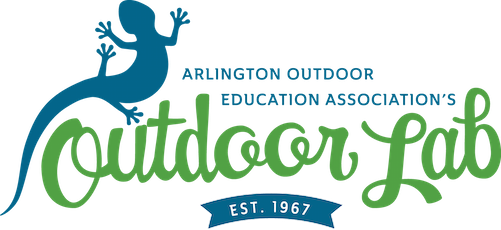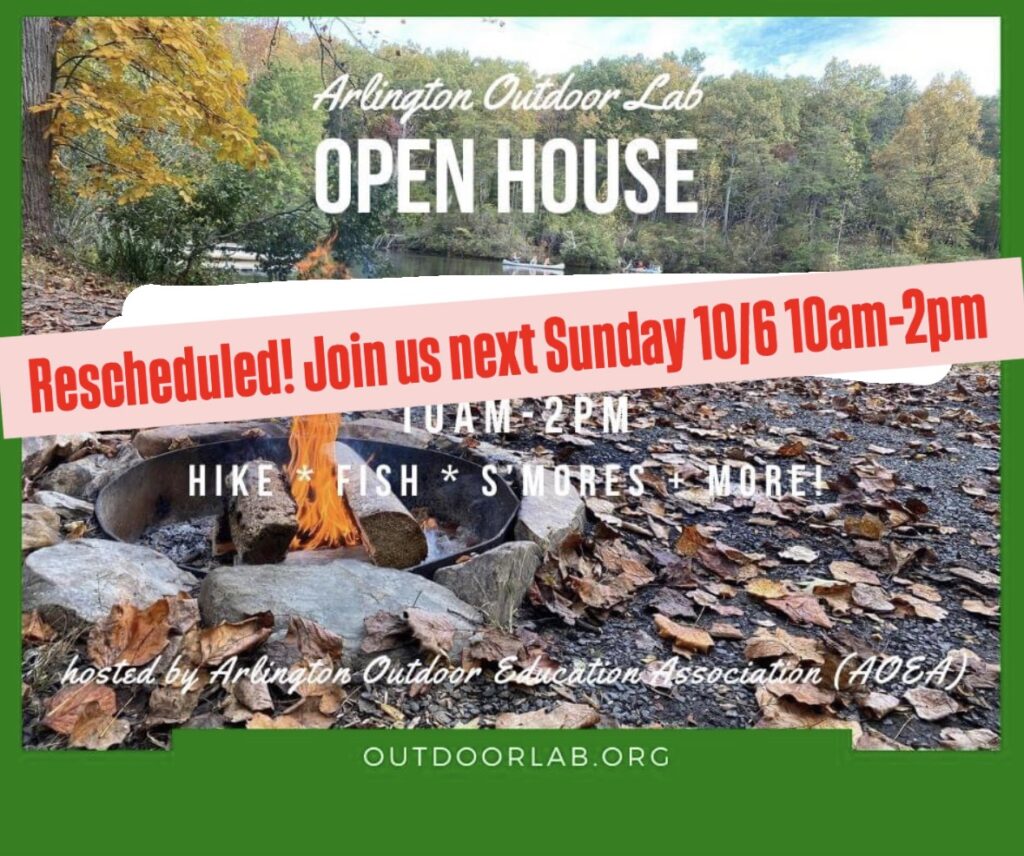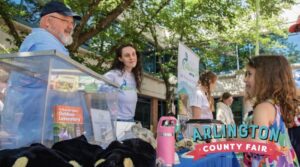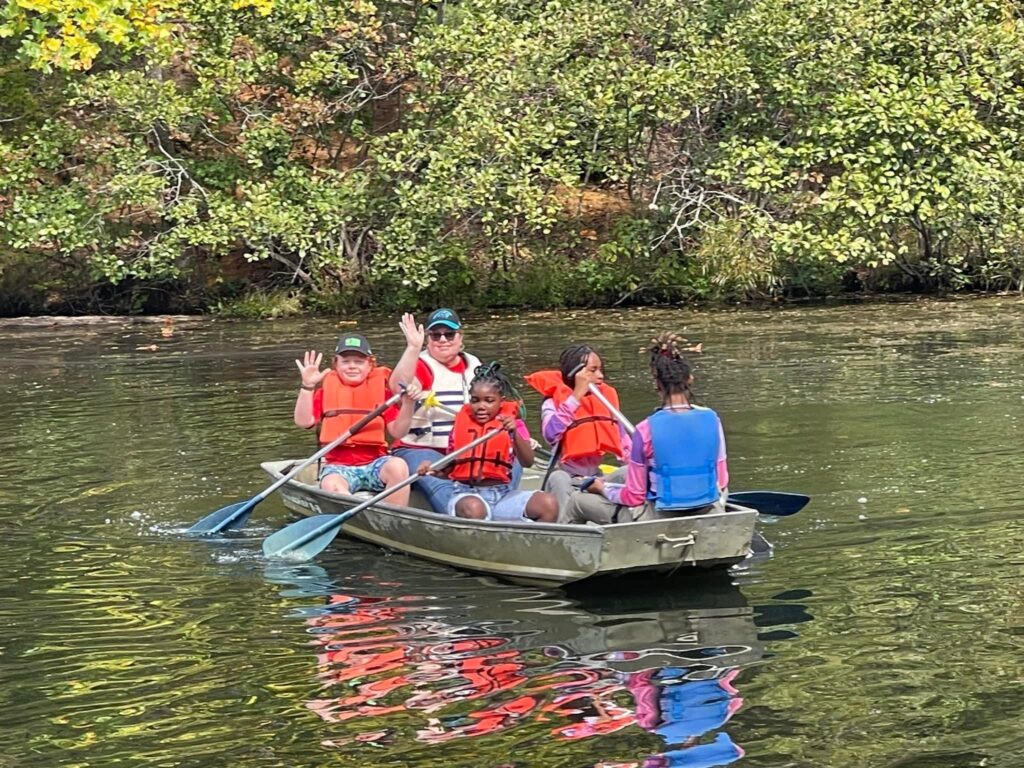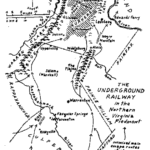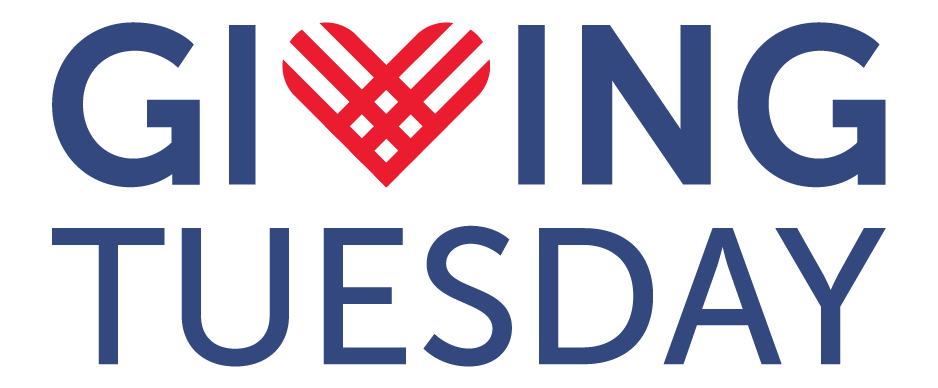Thank you to all those who’ve reached out with their support to Save the Overnights at the Outdoor Lab! Please spread the word to other Outdoor Lab supporters, families and school groups and check back at www.outdoorlab.org for updates.
Send Emails to Decision-Makers
Share in your own words what makes the ODL Overnights such a magical experience. You can include the impact the Overnight had on you as well as any pictures you may have. Your outreach will help decision makers really understand how significant cutting the Overnights would be to Arlington students and families. Please be respectful and don’t disparage other APS programs. While this is NOT an end to all Outdoor Lab programing, it could be the end to the 5th grade overnights, one of the most popular programs. So let your voice be heard! Save the Overnights!
(More Talking Points and Key people and contacts Below) Please cc memories@outdoorlab.org on emails so we can track all of your support.
Superintendent, Cabinet, Key Staff (superintendent@apsva.us)
- Dr. Gerald R. Mann, Jr., Chief Academic Officer, gerald.mann@apsva.us
- Sarah Putnam, Executive Director Curriculum and Instruction, sarah.putnam@apsva.us
- Dr. John Mayo, Chief Operating Officer, John.mayo@apsva.us
- Michael Hodge, Asst. Superintendent Human Resources, michael.hodge@apsva.us
- Dr. Julie Crawford, Chief of Diversity, Equity & Inclusion and Student Support
School Board (schoolboard@apsva.us)
County Board (Countyboard@arlingtonva.us)
- Libby Garvey, Chair
- Takis P. Karantonis, Vice-Chair
- Matt de Ferranti, Member
- Maureen Coffey, Member
- Susan Cunningham, Member
Meet with Decision-Makers!
Wear your Outdoor Lab Merch, make a sign, sign-up to speak if you can. All ages welcome!
Additional Information https://www.apsva.us/arlington-school-board/school-board-meetings/
Talking Points
General Points
- Urge Superintendent & Cabinet to restore the Outdoor Lab Coordinator position
- Urge School Board Members to reject proposal in Superintendent’s FY 2024-25 budget to eliminate the Outdoor Lab Coordinator position.
- Urge County Board to provide funding necessary for this important and unique program
Position to be cut is an Educator (NOT a central office position)
- All of you understand the Outdoor Lab provides unique learning opportunities for students throughout APS.
- The Lab Coordinator position is critical to delivering the educational programming and maximizing the benefits for our students.
- The 5th grade Overnights are often the most remembered experience of all of APS
- The ODL Overnights are valued by ALL schools and children of on all points of APS family spectrum
Position is a direct link between Outdoor Lab and science learning
- The ODL Coordinator is the only position based at the Lab that provides a direct connection between classroom teachers and STEM learning experiences at the Lab.
- The ODL Coordinator not only helps 3rd, 5th and 7th grade teachers prepare for ODL field trips – the Coordinator helps teachers amplify lessons, applied science and critical learning objectives back in the classroom.
Eliminating this position also jeopardizes 5th grade overnights next school year.
- For this school year, APS adopted additional requirements for staff and parent chaperones at each 5th grade overnight. It requires 1 of 2 Admin level staff to be present at every overnight (one including the Coordinator position which is proposed for elimination)
- In an average year, there are about 40 overnights, usually 2 each week in the fall and spring.
- With only 1 ODL Administrator to fulfill this requirement, it is hard to imagine that 1 person would be willing or able to sustain a presence multiple nights each week for consecutive weeks between mid-September and Thanksgiving, for example, when overnights traditionally run in the fall. Then repeat this multiple nights weekly in the spring between mid-March and end of May.
- This is not a reasonable expectation for anyone – it’s almost certainly bound to fail.
With 2 Administrators on site at ODL, this years Overnights were few
- And consider what happened this fall when the new chaperone and staffing requirements took effect.
- Of roughly 20 scheduled overnights, only 6 actually occurred
- The ODL Coordinator worked with schools to get Volunteer Chaperones vetted and coordinate all details of upcoming trips
- without the Coordinator, the ODL Supervisor would be preforming roles from 3 former APS employees
History- Proposed budget Cuts and Effect on The Outdoor Lab
At the February 29th School Board meeting, Dr. Durán presented his proposed FY2025 budget. In a tight budget year, there are cuts across all departments; however, a couple proposed cuts greatly affect the Outdoor Lab and starting next year may CANCEL 5th grade Overnights.
The proposed budget eliminates the ODL Coordinator Position, threatening the viability of 5th grade overnights and compromising the ODLs mission to deliver hands-on STEM education to APS students. The decision to reduce staffing is particularly alarming in light of the SIX leadership changes the ODL has faced since 2018. To function efficiently, the ODL needs strong, supported leadership and continuity. For that, the ODL needs funding from APS. We need your help to make this happen.
Previous leadership changes shifted the mix of teachers and administrators on-site and at Syphax. The proposed change would leave:
- ONE Administrator doing the functions of THREE former staff
- ONE Administrator at all 40 overnights
- NO science professional at the ODL
- NO direct connection between neighborhood classrooms and lessons at the ODL
In Spring of 2023, Overnights were cancelled to perform a safety and staffing review. The resulting Overnight Plan included:
- Current Staffing of 2 on-site Administrators (Supervisor & Coordinator) 5 Resource Assistants and 1 Custodian
- Requirement that TWO staffers be present at all overnights (1 Administrator and 1 Staffer)
- chaperones ratios increased to 1 Adult per 5 students (from 1:10 previously)
- tent sleeping arrangement change requiring 2 Adults to sleep in Large tent with up to 10 students
In Fall of 2023, under the new plan, only a handful of the 20 scheduled Overnights occurred. The primary cause of conversion of a School’s Overnight Trip to TWO Day Trips was lack of vetted Chaperones willing to sleep in tents with kids.This Spring, we hope more 5th graders can stay overnight, but with proposed changes, next year’s Overnights seem unlikely.
If you support the unique and wonderful 5th grade overnights, please take action and help pressure APS to restore the ODL Coordinator position and fully fund the Outdoor Lab.
Send an email to Supt. Duran (superintendent@apsva.us) and the APS School Board (school.board@apsva.us) and say:
Please also spread the word to other Outdoor Lab supporters, families and school groups and check back at www.outdoorlab.org for updates.
